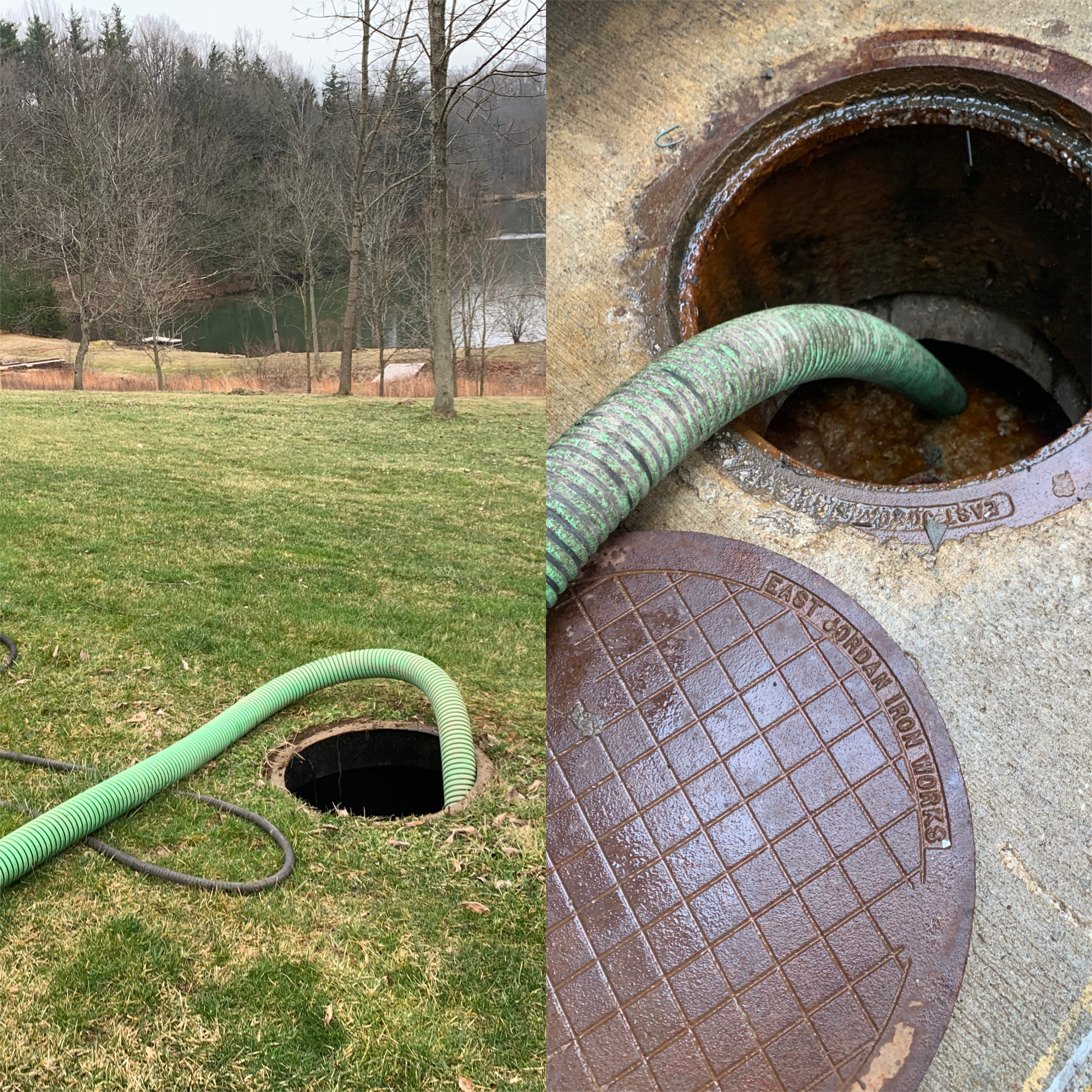8 Easy Facts About Stillwell Septic And Grading Shown
8 Easy Facts About Stillwell Septic And Grading Shown
Blog Article
What Does Stillwell Septic And Grading Mean?
Table of Contents5 Easy Facts About Stillwell Septic And Grading ShownOur Stillwell Septic And Grading IdeasThe Basic Principles Of Stillwell Septic And Grading The Best Strategy To Use For Stillwell Septic And GradingGetting The Stillwell Septic And Grading To WorkThe Facts About Stillwell Septic And Grading RevealedStillwell Septic And Grading Can Be Fun For Anyone

Home owners should also enlighten themselves on the essentials of septic systems to guarantee they make educated choices throughout the installment process - Stillwell Septic. Septic systems are a necessary part of numerous homes that are not connected to a local drain system. They are created to treat and dispose of home wastewater on-site
The septic storage tank is a huge, underground container made of concrete, fiberglass, or plastic. The tank separates the solid waste from the liquid waste.
The smart Trick of Stillwell Septic And Grading That Nobody is Talking About
Along with regular upkeep, home owners ought to also be mindful of what they purge down their drains pipes. Things such as oil, oil, coffee premises, and feminine hygiene items can clog the system and trigger back-ups. It is additionally essential to save water and prevent straining the system. Straightforward procedures such as dealing with leaking faucets and toilets, mounting low-flow showerheads and commodes, and spreading out laundry loads can help lower water use and prolong the life of the septic system.
The topography of the website is additionally reviewed to ensure that the septic system is installed at the right elevation. https://www.goodreads.com/user/show/176392989-george-braden. The system needs to be installed at a greater elevation than the surrounding area to avoid contamination of the surrounding setting. Obstacles are the minimum ranges needed by legislation in between the septic tank and other structures or features such as wells, buildings, and home lines
The recommended altitudes of the system are figured out based upon the results of the soil analysis and topography analysis. The altitudes will make sure that the septic tank works correctly, and wastewater is properly treated - Septic Installers. Finally, a website assessment is a critical action in septic tank setup. It makes certain that the septic tank is installed in one of the most optimum area, taking into consideration the soil, topography, and problems.
The Single Strategy To Use For Stillwell Septic And Grading
Prior to mounting a septic tank, house owners need to obtain licenses and comply with laws. Some of the licenses and policies that house owners need to consider consist of:: House owners need to get a permit from the local health department or structure department before mounting a septic system.
For circumstances, some towns may need a minimal lot size for septic tank installation.: House owners need to follow ecological policies when mounting a septic system. Some states may require an environmental impact analysis before setting up a septic system.: Property owners need to comply with building and construction regulations when installing a septic system.
Stillwell Septic And Grading Fundamentals Explained
Some communities might call for routine evaluations and pumping of the septic tank. It is essential for house owners to blog obtain authorizations and abide with policies prior to installing a septic system.
Among one of the most crucial factors to think about when picking a septic tank is the dimension. A sewage-disposal tank that is also little for the home's requirements will certainly call for more constant pumping, while a container that is too huge can bring about excessive water buildup and prospective system failing. A general general rule is that the storage tank must have the ability to hold at the very least two days' worth of wastewater.
Our Stillwell Septic And Grading Diaries

It's additionally important to consider the type of system the septic container will certainly be made use of with. There are two main kinds of septic systems: gravity and pressure.
About Stillwell Septic And Grading
Generally, selecting the appropriate septic container for a home is an essential choice that requires cautious factor to consider. Before mounting a septic container, home owners have to take specific steps to prepare for the setup process.
Here are some crucial precaution to follow: Wear safety equipment: Home owners have to use protective gear, such as gloves, boots, and safety helmets, to stop injury throughout the installation process. Avoid electrical lines: House owners should prevent digging near electric lines to protect against electrocution. Use care when operating heavy machinery: Homeowners have to utilize care when running heavy machinery to stop accidents and injuries.
All About Stillwell Septic And Grading
By complying with these crucial actions, house owners can ensure an effective septic storage tank installment procedure. Septic tank installment is a crucial procedure that needs mindful preparation and implementation. Homeowners who are installing a septic system for the initial time should be conscious of the necessary steps associated with the process to guarantee that their septic system works effectively and successfully.

Report this page